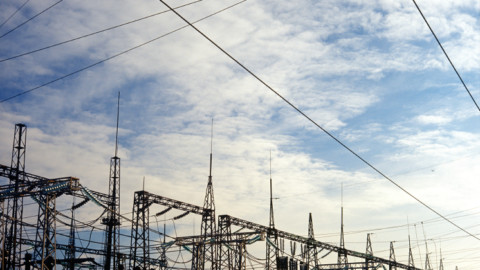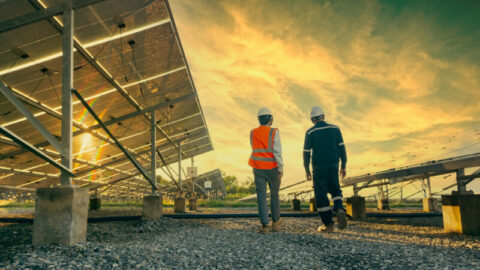A new Deloitte report – Beyond the energy transition: when the demand-side is demanding change – examines the risks and opportunities for the energy sector, as consumers demand change.
Australia’s energy transition is being shaped by the demand side, in the face of global disruption to the traditional energy supply chain in the form of decarbonisation, Decentralisation and digitalisation.
Increasingly the energy industry and its institutions are not alone in setting a course for the future. Communities, large and small are taking charge of their own energy future through their consumption and investment decisions.
Deloitte Australia & APAC Power & Utilities Leader, Michael Rath, said the power industry has reached a tipping point of exponential change, with mixed policy messages being overtaken by a series of irresistible and compelling drivers propelling Australia towards a new energy future.
“Energy consumers and their communities are the driving force of change,” Mr Rath said.
“The influence of consumers in the way the electricity is produced and consumed can no longer be ignored.
“The cost of energy products and solutions are no longer the primary driver of decision making, rather consumers both individually and collectively are making decisions based on considerations beyond cost, including environmental impact and a corporate responsibility agenda.”
The need for reform
Deloitte Australia lead energy advisory and regulatory partner, Sandra James, said the industry is committed to reform and responding to shifts in both demand and expectation.
“In the last 12 months, reforms on multiple fronts have been implemented in response to consumer dissatisfaction, high prices, the need for greater innovation, and other policy drivers,” Ms James said.
“Disruption and the effective development and deployment of new and innovative technologies and business models are not easy to plan for.
“We need bold policy and adaptable regulatory frameworks that reduce complexity and cost and provide the structure and certainty that support investment but that are also sufficiently flexible to meet changing needs, new technologies and new entrants.
“And we need to resist the temptation of government or regulator interventions that focus solely on the management of the risks of change, while ignoring the activation of opportunities. This might solve the problem for today but not for tomorrow and that will only exacerbate the transition and the pain of change.
“We can’t afford to resort to picking winners in terms of technologies, fuels or solutions. Market dynamics will decide.”
The road to a successful transition
Australia’s energy transition is underway but how will success be defined?
“Australia is testing, learning and adapting to a new set of national market dynamics, and the opportunities are abundant,” Ms James said.
“But only if sector participants, governments, market institutions, consumers and communities collaborate and respond to the disruption and support the integration of new, enhanced or different technologies and business models to meet emerging needs.
“If energy businesses across the supply chain fail to evolve and adapt to the desires of consumers, communities and shareholders their customers will make conscious decisions to move to those who do.”
Mr Rath said Australia’s energy sector will have evolved to a point where energy is supplied at an acceptable cost to the consumer.
“High and unsustainable energy costs are a significant catalyst for change. Affordability remains an issue for consumers,” Mr Rath said.
“The challenge for the sector is to deliver environmentally responsible power, with a focus on lower emissions at a price acceptable to consumers, who increasingly vote with their feet in sourcing their energy.
“Australia’s new energy future is exciting, innovative and disruptive. It presents opportunities, risks and obstacles but there is no meaningful change without challenge.”
















